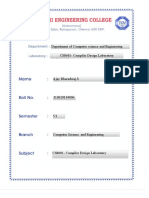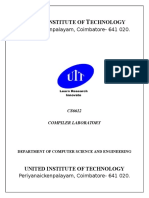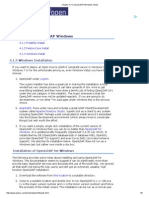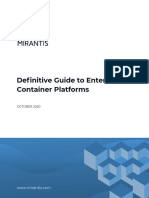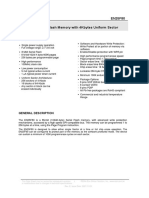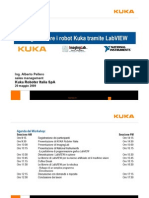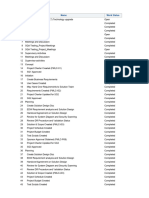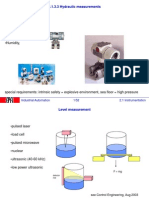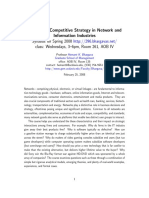0% found this document useful (0 votes)
23 views53 pagesCompiler Design Lab Manual
The document outlines the practical work for the CS3501 Compiler Design Laboratory at Nellai College of Engineering. It includes a bonafide certificate for students, a list of experiments, and detailed descriptions of various programming tasks using LEX and YACC tools. The document specifies the aims, algorithms, and results for each experiment related to lexical analysis and syntax recognition in C programming.
Uploaded by
jebas5294Copyright
© © All Rights Reserved
We take content rights seriously. If you suspect this is your content, claim it here.
Available Formats
Download as PDF, TXT or read online on Scribd
0% found this document useful (0 votes)
23 views53 pagesCompiler Design Lab Manual
The document outlines the practical work for the CS3501 Compiler Design Laboratory at Nellai College of Engineering. It includes a bonafide certificate for students, a list of experiments, and detailed descriptions of various programming tasks using LEX and YACC tools. The document specifies the aims, algorithms, and results for each experiment related to lexical analysis and syntax recognition in C programming.
Uploaded by
jebas5294Copyright
© © All Rights Reserved
We take content rights seriously. If you suspect this is your content, claim it here.
Available Formats
Download as PDF, TXT or read online on Scribd
/ 53



























